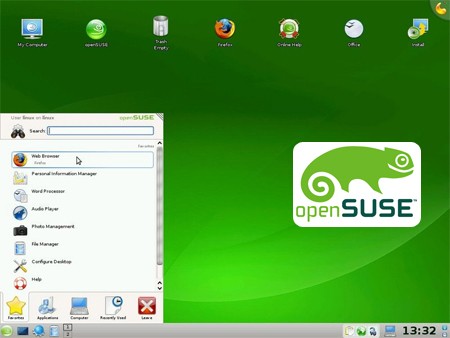
Macetech’s ChronoDot is a Real Time Clock module for projects requiring highly accurate time keeping and measurement. The ChronoDot uses the DS3231 chip, which features a TCXO to compensate for variations in temperature which affect normal oscillators, like the ones in most microcontrollers. The DS3231 uses simple I2C commands and registers for storing and retrieving time, but also features a variable output that goes all the way down to 1.000 hz for low power, interrupt style timekeeping applications. With the provided watch battery, the ChronoDot can keep time in idle mode for up to 8 years.
Normally the ChronoDot comes mostly assembled, requiring you to only solder on the watch battery. However, due to a manufacturing mistake, Macetech is selling a version with the header pins on the wrong side they call the ChronoDoh. This module is currently nearly half off the regular price of $14.99, which makes it a great low cost addition to a project. Macetech has sent us a couple of these modules to demonstrate how functional they still are.
















